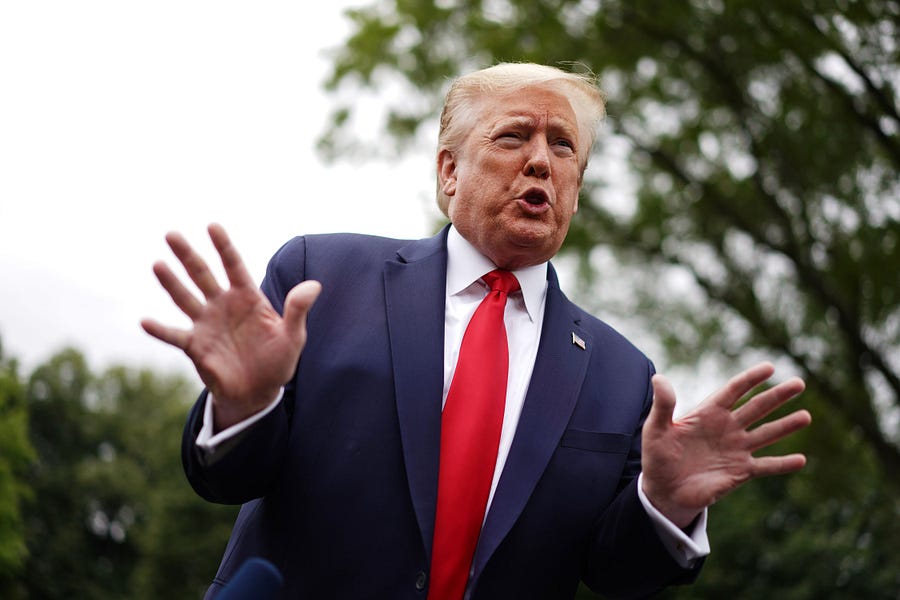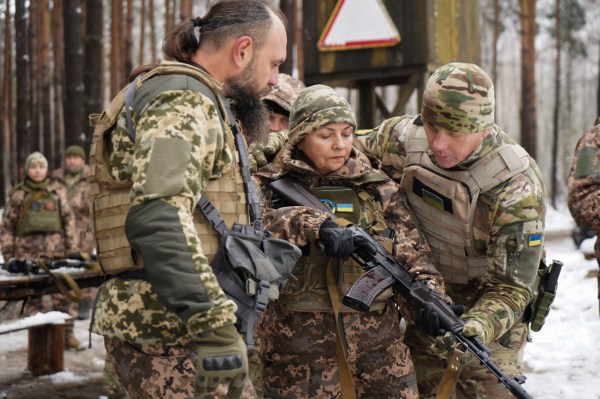In late May, the Trump administration withdrew from the Open Skies Treaty, a move that prompted the requisite jeremiads about the international order, arms control, and the fecklessness of the Trump team in general. The laments drew on the same wellspring of freude prompted by the administration’s 2018 withdrawal from the Intermediate Nuclear Forces Treaty (INF), and tut-tutting about the possibility that the administration will decline to extend the New START Treaty upon its expiration early next year. And in the spirit of consistency, all echoed the breast-beating and rending of garments that limned termination of the ABM Treaty in 2002, and pretty much every other arms control agreement ever.
Notwithstanding the operatic responses to this latest perceived depredation, the question of the agreement’s actual efficacy is one the administration’s critics would prefer not to address. And like too many such accords, Open Skies was little more than paper—superseded by technology, ignored or abused by the parties it was most intended to constrain, and constraining the United States in ways detrimental to national security. The same can be said of New START, the INF, and many others. This is not to say that arms control or supranational agreements are intrinsically bad things, far from it; but they are inflexible documents that too quickly develop quasi-biblical followings among those who value international piety over principle and practice.
Open Skies was first proposed under the Eisenhower administration, when the notion of wet photography from aircraft flying over the territory of unfriendly countries seemed positively cutting edge. But it was too cutting edge for the Soviet Union in the 1950s, and lay dormant until revived by the George H. W. Bush administration a few decades later, mostly because, White House officials from Bush 43 tell me, he needed something to agree on with Russia. It didn’t even enter into force until 2002, almost half a century after it was first mooted. While it provides countries with the right to make unarmed reconnaissance flights on short notice over the territory of other signatories to collect data on military activities like troop movements and exercises, the utility of using overflight for that purpose was already fading in 1992; by 2002, there was little that couldn’t be done better with satellites.
The management of Open Skies withdrawal was a textbook operation, particularly by Trumpian standards. The administration consulted with NATO allies about Open Skies, posed a series of detailed questions, and offered to backfill any lost capabilities for NATO members hoping to benefit from America’s superior overhead intelligence capabilities. It made meticulous note of alleged Russian abuses, namely using the treaty to facilitate the mapping of U.S. strategic infrastructure and test military command and control. And officials explained clearly to anyone who might listen how Moscow has been refusing Open Skies requests, including over Russian-occupied territories in Georgia and Ukraine over which only the Kremlin believes Russia has veto power.
But like the problems with New Start, and the CFE, INF and ABM treaties, and so many others in the sacred literature of international agreements, facts are less in debate than the somehow intrinsic value of the paper itself. This rabid Chamberlainism is nothing new; there have always been treaty obsessed zealots who believe, some in all honesty, that the façade of concert is superior to public discord, or God-forbid, actual conflict. Sometimes they are right. Former Defense Secretary Donald Rumsfeld was said to have muttered often, “NATO, keep the myth alive.” Even a weakened NATO alliance with members who fail to live up to their commitments is an important organization as much for what it represents—a “Western” world whole and free standing in opposition to the threat posed by the likes of the Soviet Empire and its successors—as what it does.
The same, however, cannot be said for treaties that bind the United States and its adversaries into arrangements that begin to diminish our own national security to the advantage of malign powers. What exactly is the wisdom of keeping the Open Skies myth alive? Supporters have had a hard time making credible specific claims. But there’s another price to be paid for excessive devotion to pieces of paper: It limits our ability to update aging international agreements to better protect the American people and the values they hold dear.
Take the case of the Nuclear Nonproliferation Treaty. Signed by the United States in 1968, it entered into force 50 years ago. Has it worked? In the sense that nuclear weapons have not proliferated to every Tom, Dick, and Harry, sort of. In the sense that its very provisions were used by parties like North Korea and Iran to build their own nuclear weapons program, not so much. But too few want to admit the NPT’s serious failings; rather they prefer to lift quotes from the document about the importance of global disarmament and downplay the risk there could be more Irans and North Koreas.
The wisest course for the management of international agreements is ruthless pragmatism, a tonic antidote to the empty internationalism that would keep Open Skies and its ilk alive. Is a treaty working? Are adherents actually guided by its strictures? Is it enhancing American national security, or at best, nor harming it? Is it achieving its goals, or merely pretending to do so? Arms control for arms control’s sake, like most political pieties, is guff.
Photograph by Mandel Ngan/AFP/Getty Images.






Please note that we at The Dispatch hold ourselves, our work, and our commenters to a higher standard than other places on the internet. We welcome comments that foster genuine debate or discussion—including comments critical of us or our work—but responses that include ad hominem attacks on fellow Dispatch members or are intended to stoke fear and anger may be moderated.
You are currently using a limited time guest pass and do not have access to commenting. Consider subscribing to join the conversation.
With your membership, you only have the ability to comment on The Morning Dispatch articles. Consider upgrading to join the conversation everywhere.